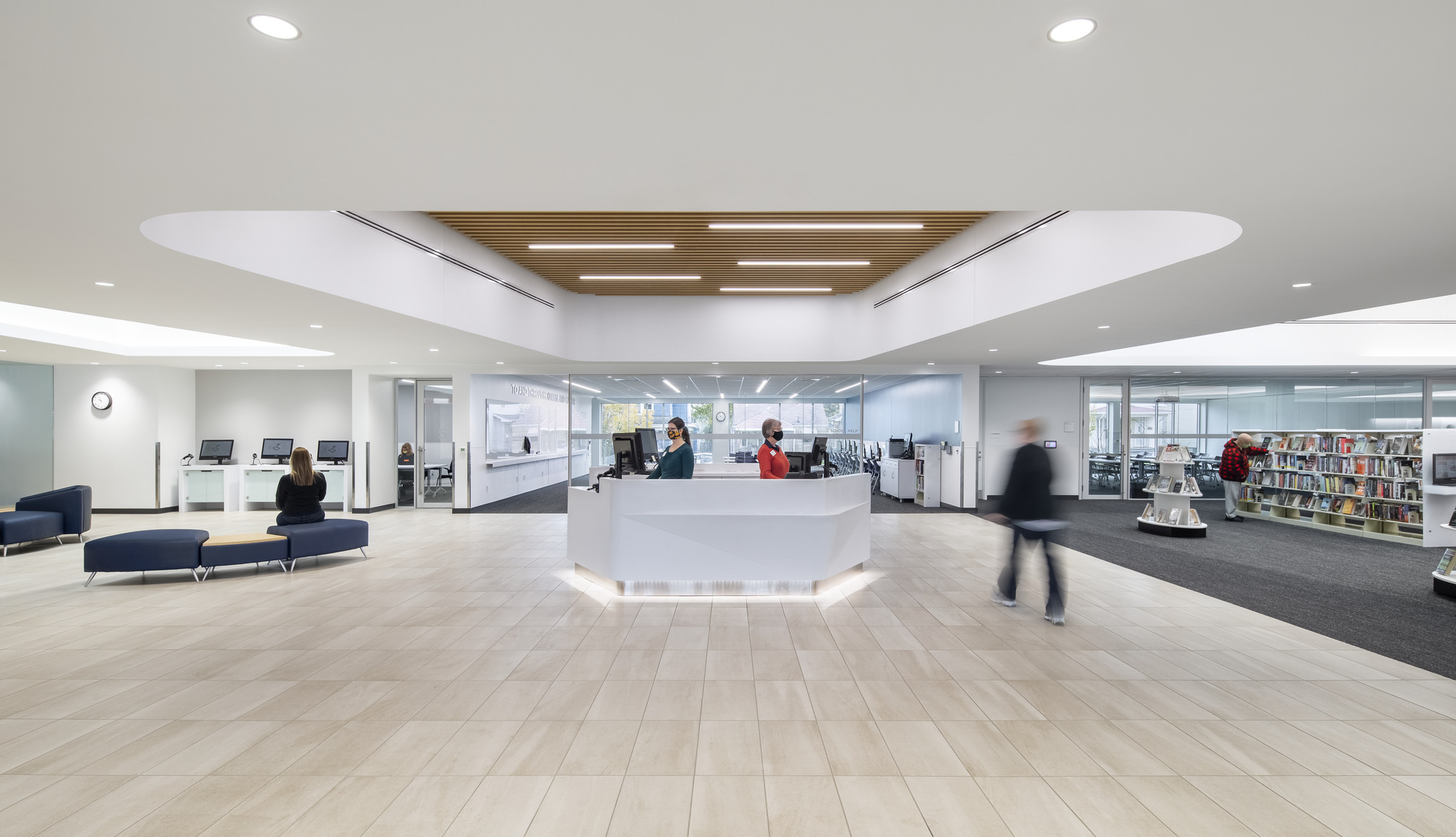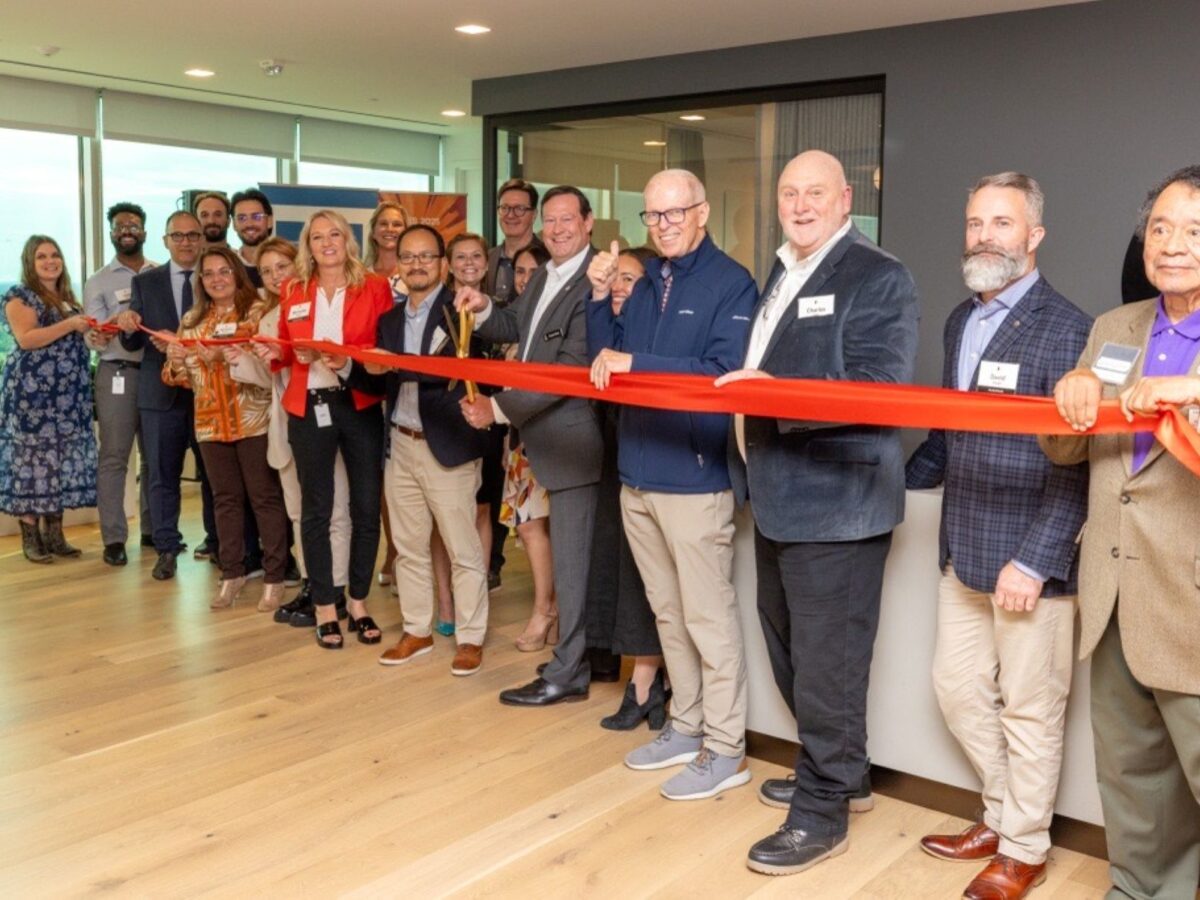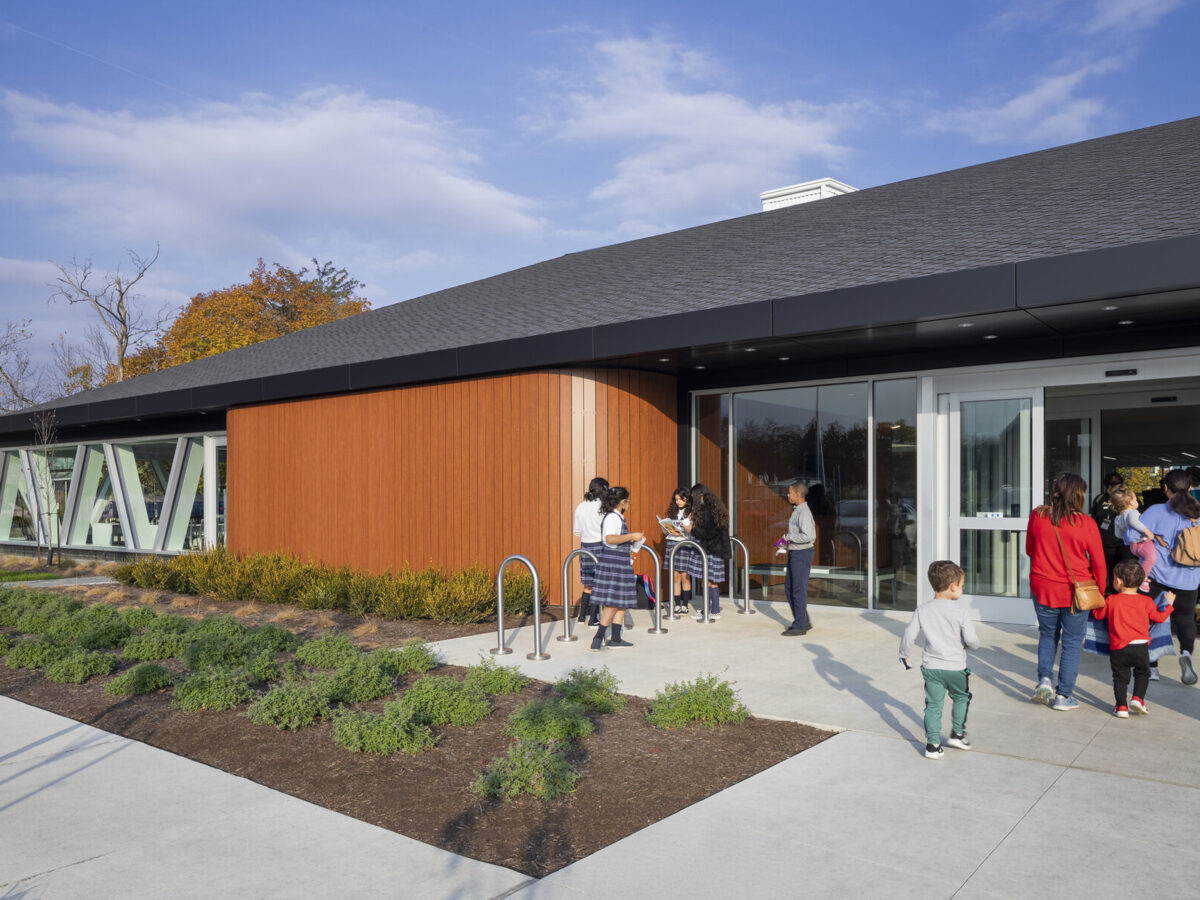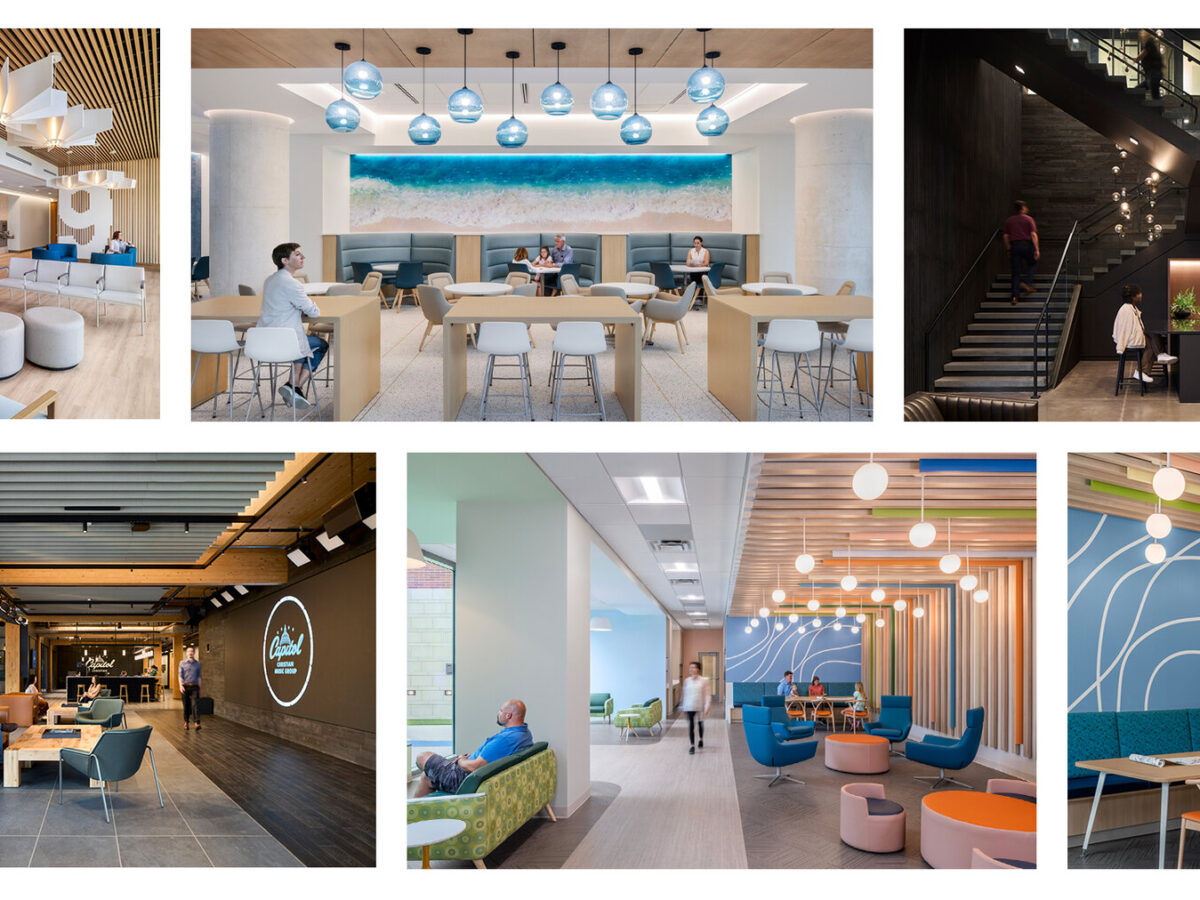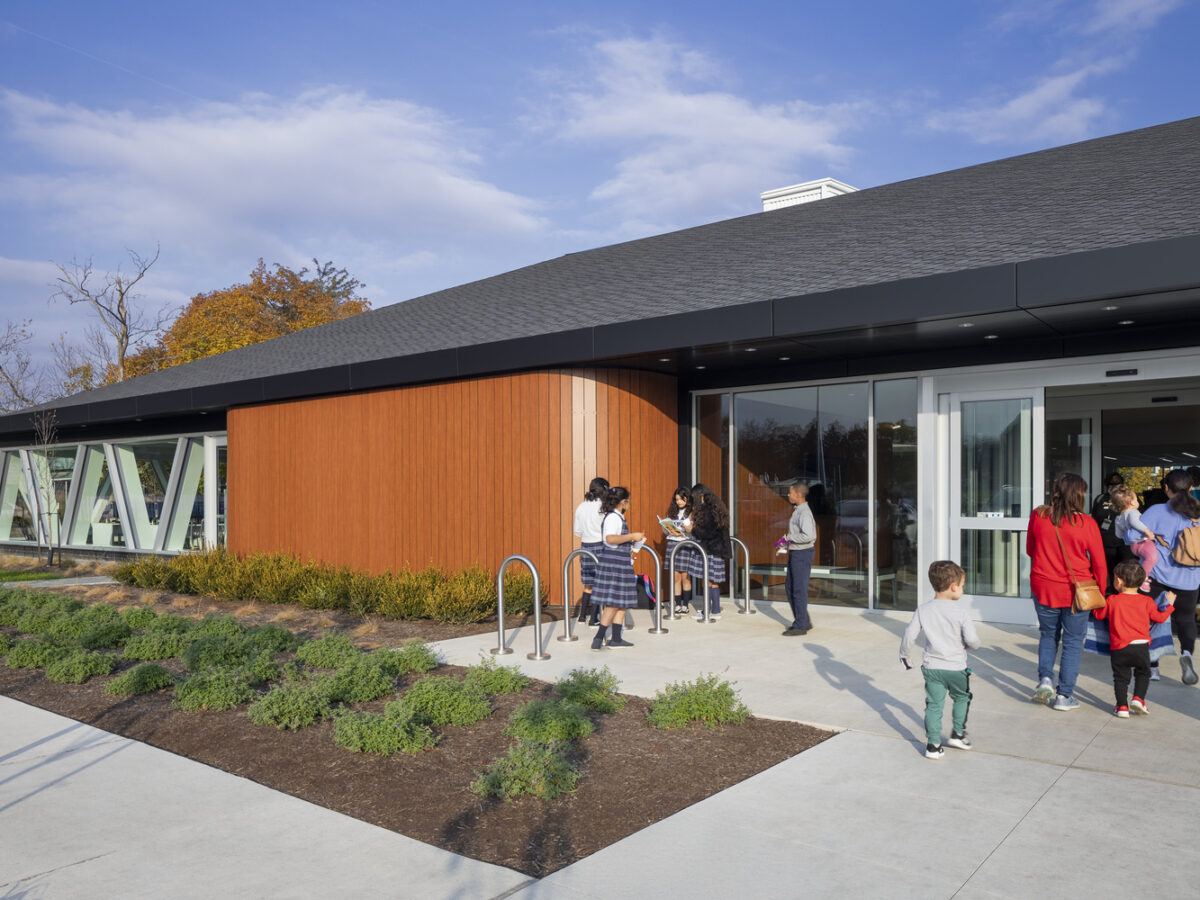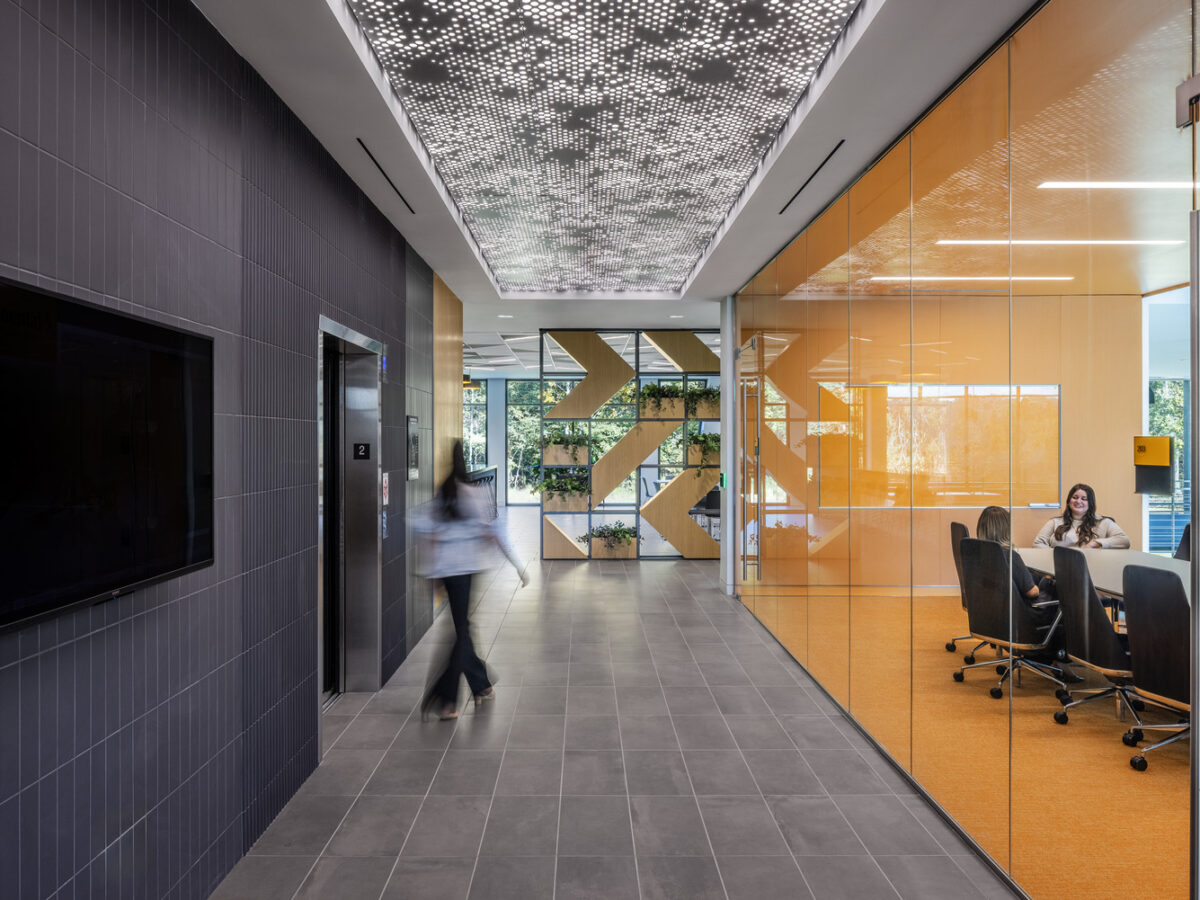So, you’re ready to build a new library, or renovate one that hasn’t been touched in decades. Maybe you’re in the middle of delivering a series of libraries from your multi-decade master plan and just looking for new ideas, or maybe this is the first project your library system has built since the advent of social media.
Here’s a guide on how to approach a library building project for today’s customer.
Call in a Few Favors
Before you put pencil to paper, consider your network of peers. Reach out to friends who have recently taken on projects. What would they do differently if they could do it again? You’re likely connected with neighboring communities. Ask for a tour of their facilities so you can see first-hand what’s working for others. After that, build your kitchen cabinet of advisors, and determine your spokespeople who can connect with the communities you aspire to serve.
Engage Early and Often
Before you take your show out on the road, build your core stakeholder group of community leaders, frequent users and adjacent community services providers. Consider dedicating a board retreat to your building needs and goals. Also, don’t forget the people who will be in your facility every day: your staff—from the librarians to the volunteers and beyond. Around this time, you will want to begin the process of interviewing and hiring the consultants you will need for the project, because you will want them to be intimately involved in the public engagement process to inform their future design concepts.
Utilize the Latest Design Tools—including AI
Just like your new building should take into account trends in the modern world, so too should your design team. While AI might be a scary word in our industry, you will want to take advantage of new tools that streamline the design process and allow for real-time updating and collaboration.
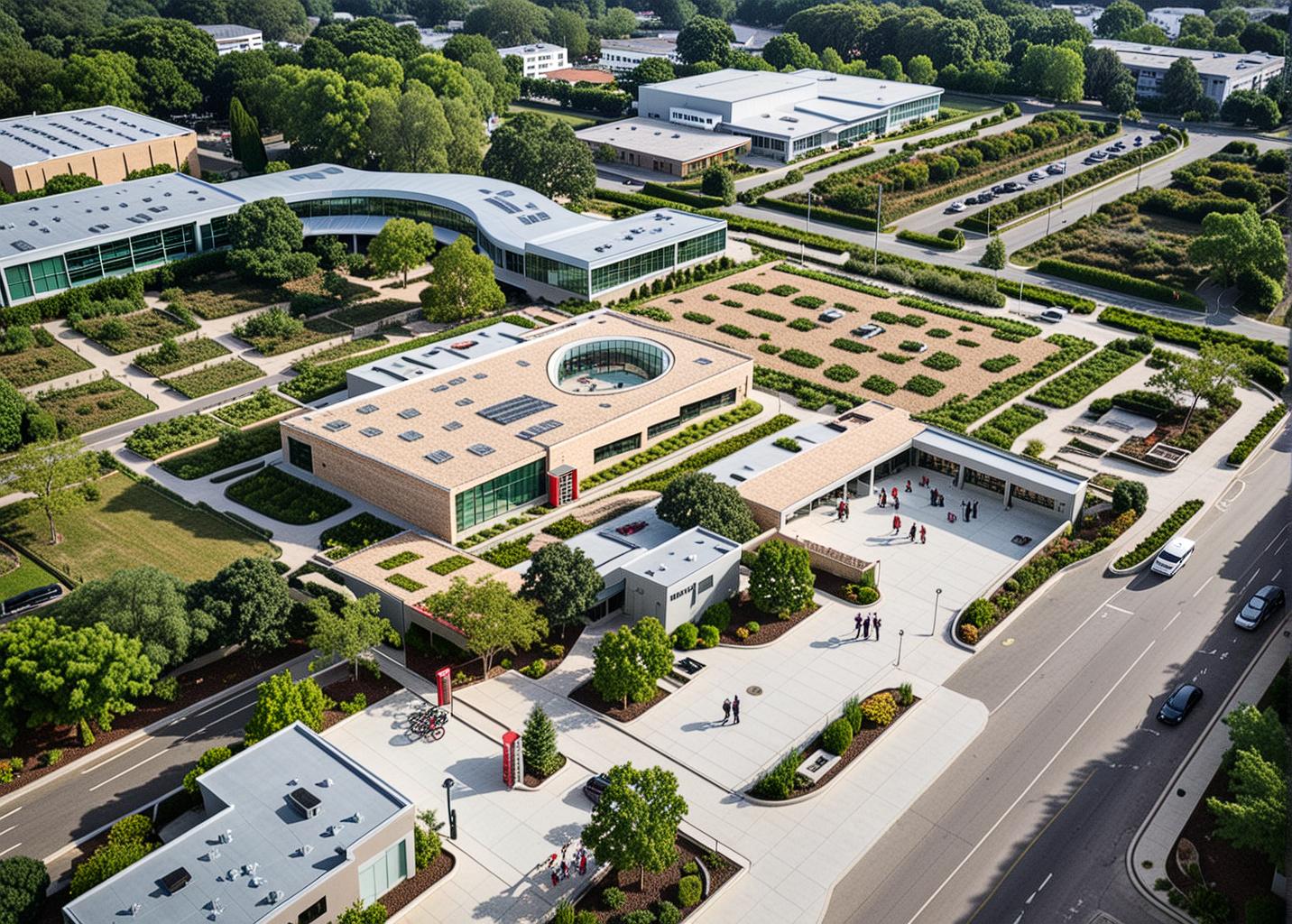
Consider Resiliency
Resiliency is synonymous with sustainability and creating an efficient and healthy building environment, but it also means planning and accounting for the unknown or extreme. Every site has to address stormwater runoff. Will your design just send it downstream to your neighbors, or can it more effectively deal with extreme weather? As safe spaces for everyone, remember they should also serve as literal shelters from the storm. There are lots of tools that exist for helping users assess and mitigate climate hazards, such as the Resilience Design Toolkit from the American Institute of Architects that has guidance for architectural projects.
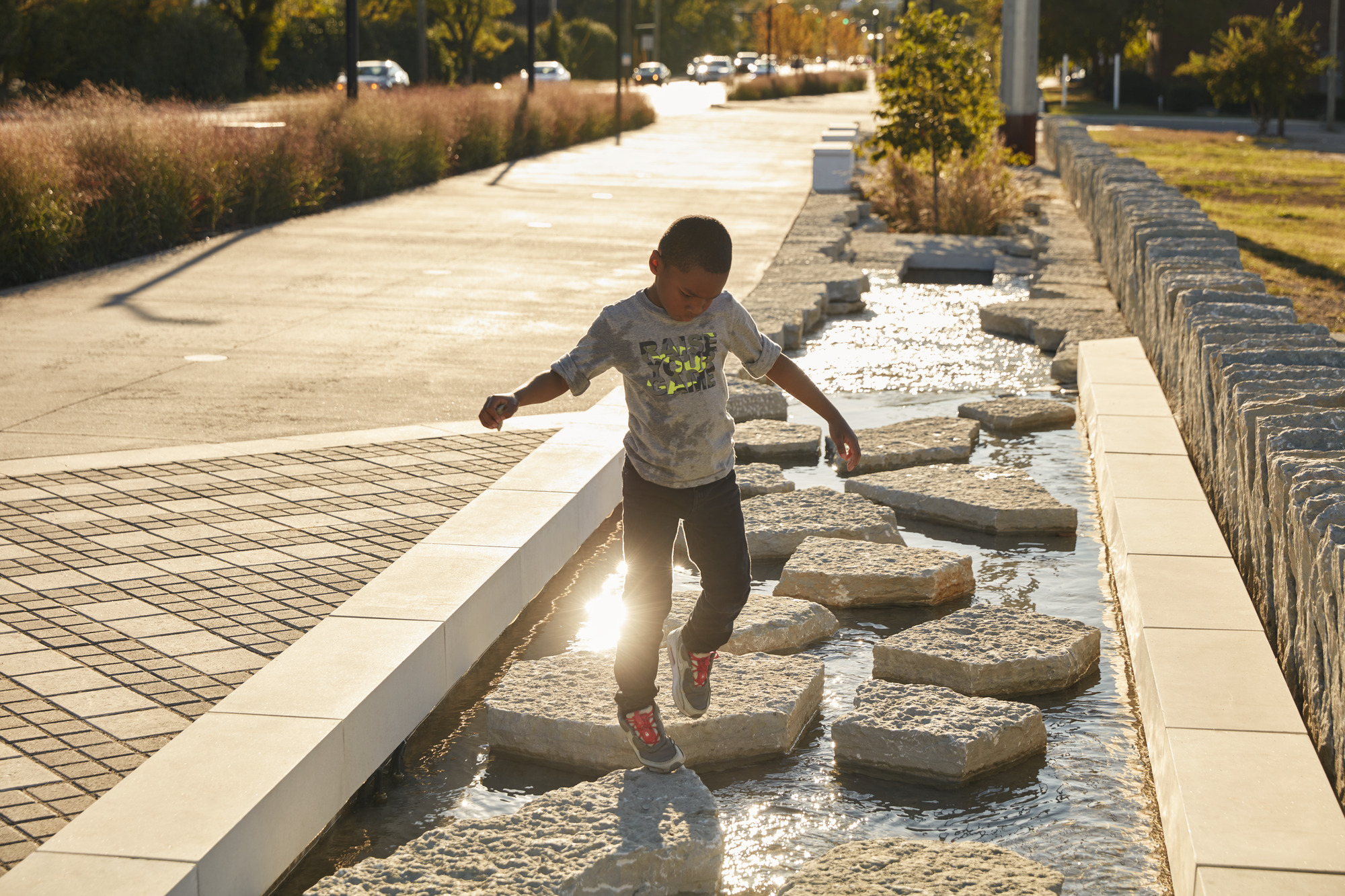
Design with the Customer in Mind
While you’re brainstorming and conceptualizing what a library of the future should look like, think about creating a space that aligns with how you want to serve your community. Where a library used to be a more transactional experience where a user browses a catalog and checks out a book, today’s library is about building relationships with customers in more satisfying ways. What does that mean for that old circulation desk? Consider the first impression that it gives to the user. Will there be dedicated space for community events?
Pat Losinski is senior advisor for library services in the Life and Work Places market at Gresham Smith. Before joining the firm, he served as executive director of public libraries in Illinois, Ohio and Colorado. He most recently served as chief executive officer of the Columbus Metropolitan Library System. Throughout his career, he led 29 library building projects, including extensive remodels, expansions, historic preservations and new library buildings.
Amy Hardin, AIA, LEED AP BD+C, is an architect and senior project manager in the Life and Work Places market at Gresham Smith, where she’s a leader in the firm’s civic and cultural practice. An expert on resiliency practices, she contributes to AIA Tennessee’s “Re:Form Tennessee” podcast about community resilience.
